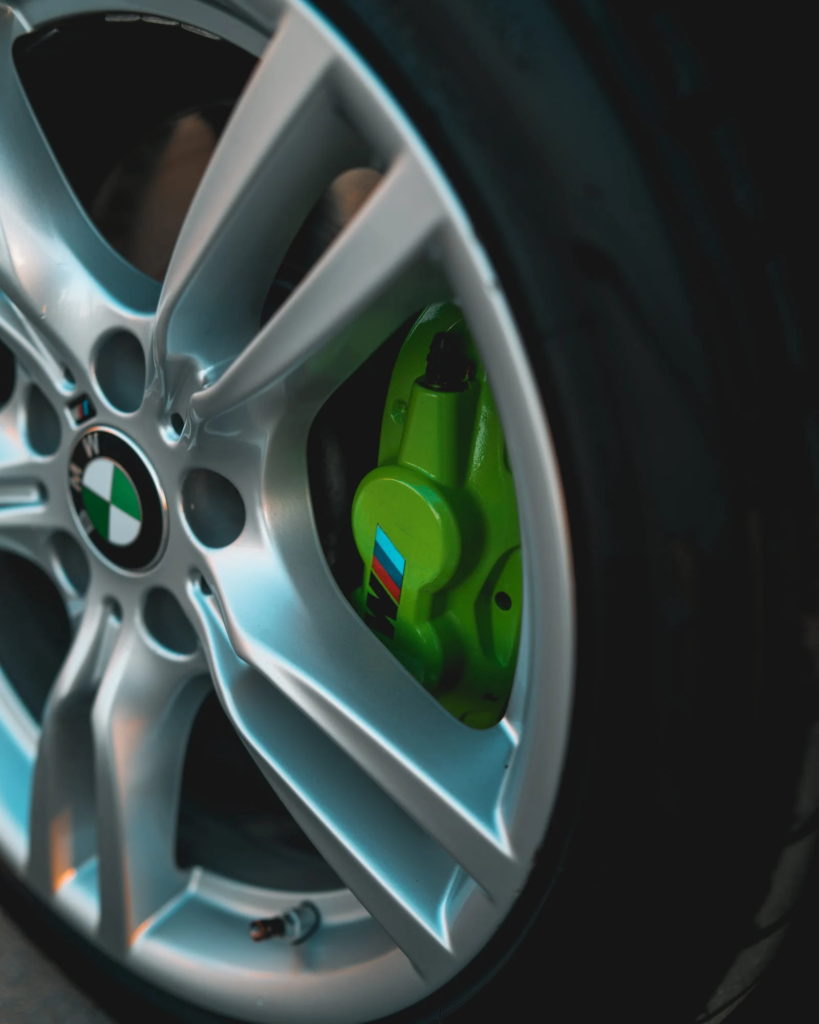Mastering the Art of Caring for Your Car’s Brakes

Picture this: you’re cruising down the road, feeling empowered and confident behind the wheel of your car. Suddenly, you encounter a red light, and you instinctively press the brake pedal, smoothly bringing your vehicle to a halt.
As a woman driver, taking care of your car’s brakes is essential for your safety and the longevity of your vehicle. In this article, we will guide you through the basics of brake maintenance, empowering you to become a knowledgeable and responsible driver.
Understanding the Basics:
To effectively care for your car’s brakes, it’s important to understand how they work. When you press the brake pedal, hydraulic fluid is sent through a series of brake lines to activate the brake pads, which press against the rotors, creating friction and stopping the vehicle. Regular inspection and maintenance are key to ensuring your brakes perform optimally.
Regular Inspection:
A routine visual inspection of your brake system can go a long way in preventing potential issues. Start by examining the brake pads through the wheel spokes. Ideally, the brake pads should be at least a quarter-inch thick. If they appear excessively worn or less than a quarter-inch thick, it’s time for a replacement. Additionally, keep an eye out for any signs of uneven wear, such as one pad appearing thinner than the other. This could indicate a problem with your calipers or suspension and should be addressed promptly.
Listen for Warning Signs:
Your car often communicates with you through subtle sounds. Listen for any unusual noises when applying the brakes, such as squeaking, grinding, or scraping. These sounds may indicate worn-out brake pads or damage to the rotors. Ignoring these warning signs could lead to costly repairs or compromised safety. If you notice any abnormal sounds, consult a professional mechanic for a thorough inspection.
Brake Fluid:
Brake fluid is the lifeblood of your braking system. Over time, it can become contaminated or deteriorate, affecting the overall performance of your brakes. Check your vehicle’s owner’s manual for the recommended brake fluid type and consult a mechanic to ensure it’s replaced according to the manufacturer’s guidelines.
Tire Maintenance:
While not directly related to the brakes, tire maintenance is crucial for optimal braking performance. Make sure your tires are properly inflated and have adequate tread depth. Bald or underinflated tires can diminish the effectiveness of your brakes, especially in wet or slippery conditions.
Professional Maintenance:
Although some brake maintenance tasks can be done at home, it’s vital to have your brakes professionally inspected and serviced at regular intervals. A skilled mechanic will perform a comprehensive brake inspection, including checking the brake lines, calipers, rotors, and other critical components. They can also provide expert advice on brake pad replacements and overall brake system health.
Ladies, as women drivers, we have shattered countless stereotypes and proven our ability to conquer any road. Taking care of our car’s brakes is not just a responsibility but a means to ensure our safety and that of our loved ones. By following the simple steps outlined in this guide, you can become a confident and knowledgeable driver when it comes to brake maintenance.
Remember, your car’s brakes are a crucial component of its overall performance.
Embrace the empowerment that comes with being a responsible driver. Take pride in knowing that you are taking charge of your vehicle’s maintenance, including the brakes. Together, we can continue to defy expectations and enjoy the freedom of the open road.
Stay safe, stay informed, and may your journeys always be filled with joy and adventure.
Happy driving!
Staff Reporter












